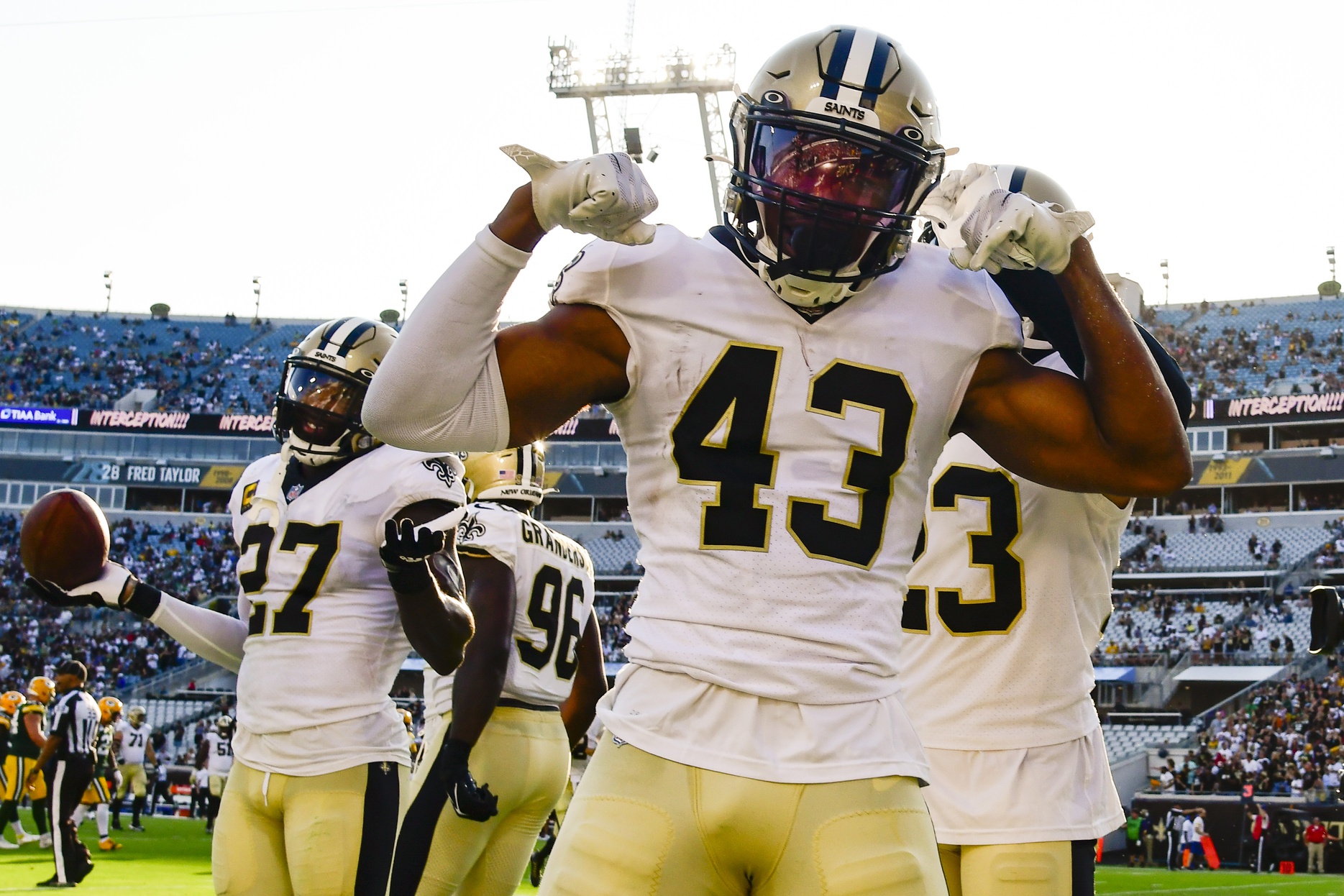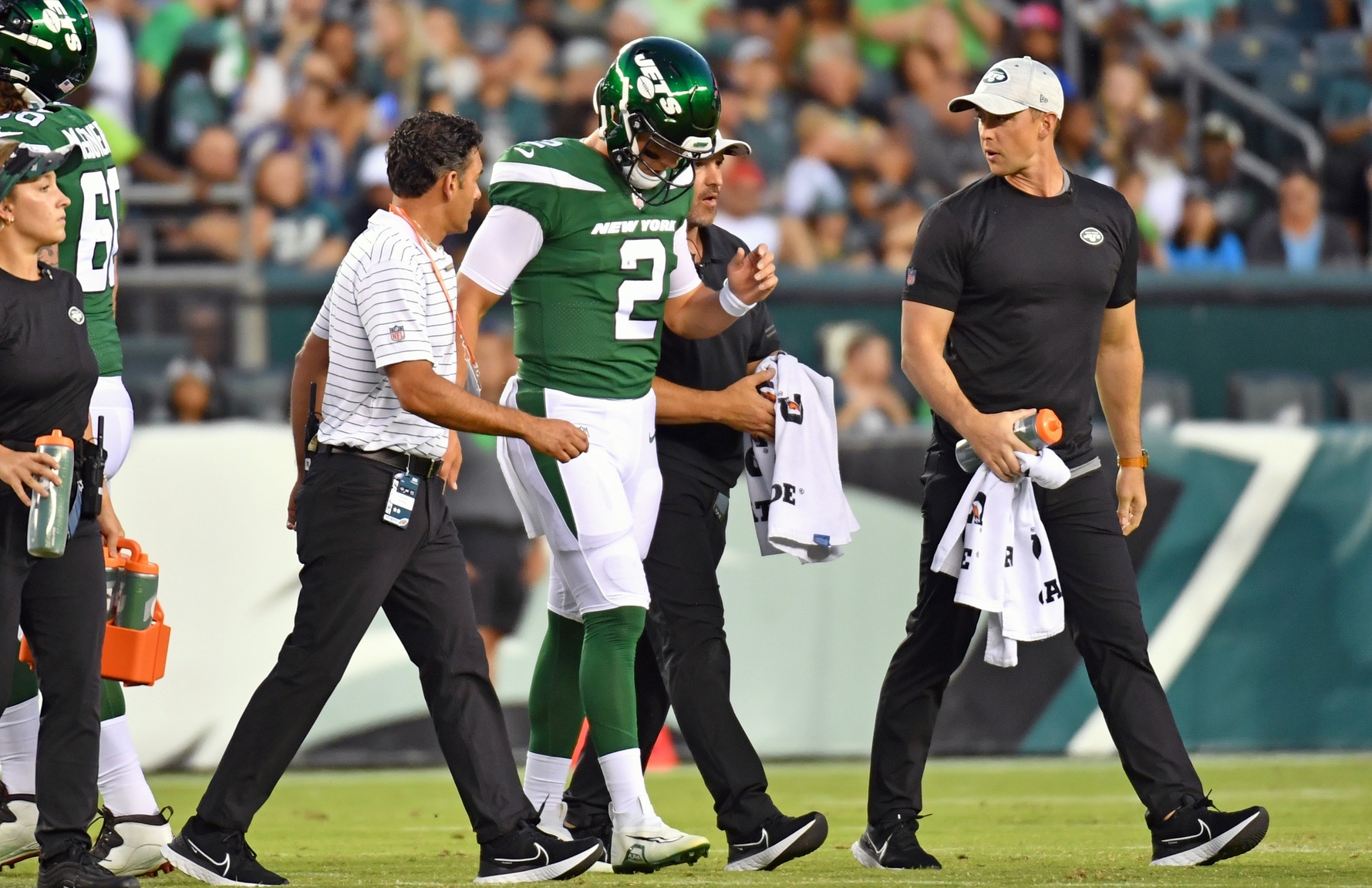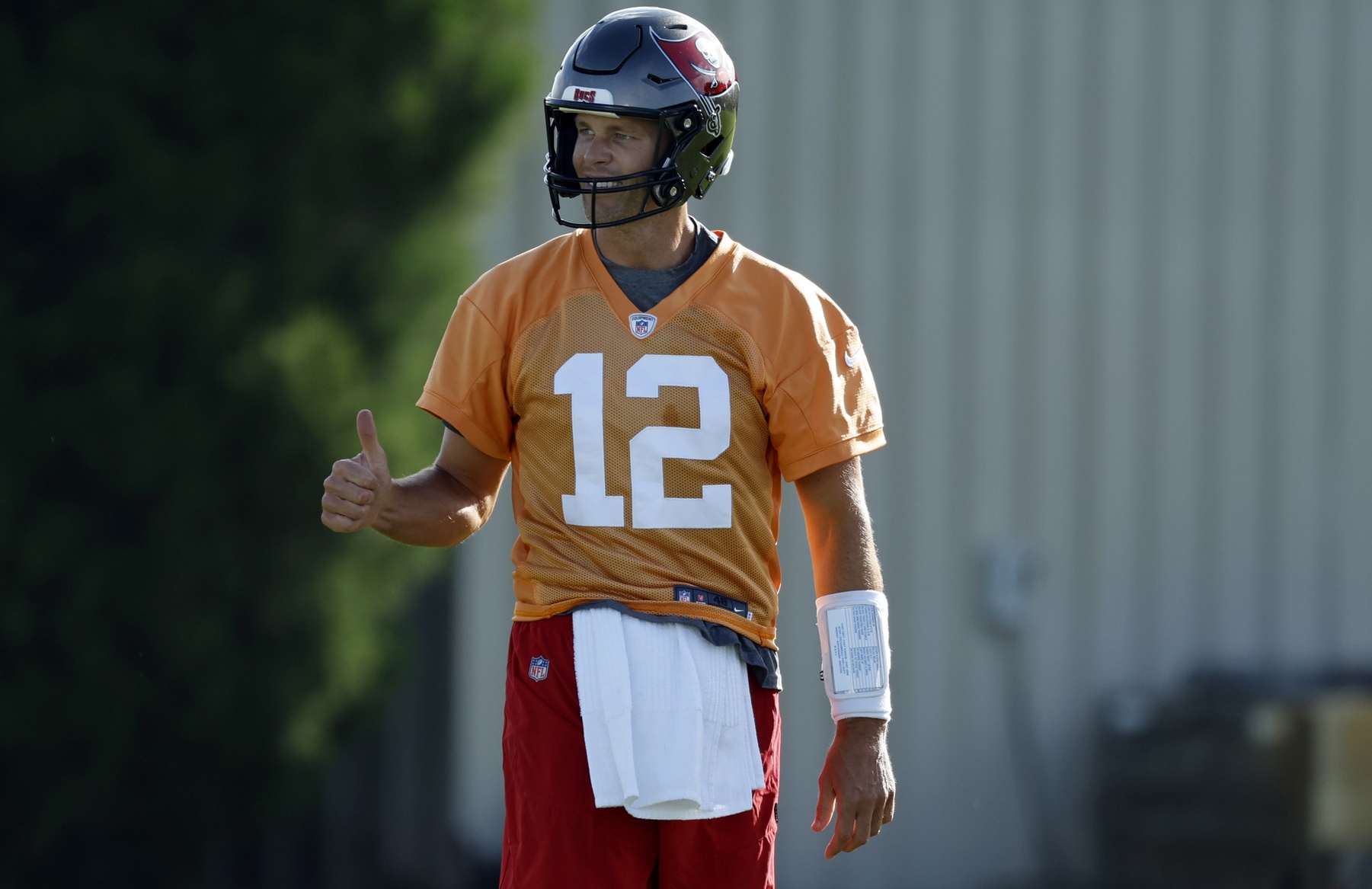One of the New York Jets’ main priorities this offseason was always going to be upgrading their defensive secondary. The Jets ranked in the bottom five of passing defenses in several statistical categories in 2021: passing yards allowed, passing yards per attempt, opponent passer rating, and interceptions, to name a few. They also allowed the second-most passes of 20 or more yards, and nearly 40 percent of opponents’ passing plays resulted in first downs last season. The Jets were also dead last in the NFL in EPA allowed per pass play in 2021. For New York to have more success in future years, the passing defense clearly needs a big facelift. That’s why not paying up for former New Orleans Saints safety Marcus Williams was a mistake.
Since New York began the offseason with plenty of money to spend, the expectation was that their general manager, Joe Douglas, would address some of those needs in the secondary in free agency. Their starting free safety, Marcus Maye, was already set to depart as a free agent after playing on the franchise tag in 2021, and only Bryce Hall has seemed worthy of a long-term investment at cornerback.
While Douglas did start off this free agency period by re-signing safeties LaMarcus Joyner, Will Parks, and Elijah Riley, those aren’t moves that have elevated the Jets’ roster from where it was last season. Signing cornerback D.J. Reed and safety Jordan Whitehead have helped, but missing out on Williams could haunt the Jets.
Of all free agent safeties this offseason, it was Williams who was the best option available. In fact, he had proven himself to be one of the best secondary defenders in football since joining the NFL in 2017—Minneapolis Miracle aside.
In his five years in the league, the free safety has recorded 15 interceptions, 38 passes defended, and three forced fumbles. Williams has only continued to improve in his pass coverage every year he’s been a pro as well, culminating in a career-low 48.8% completion rate when targeted in 2021.
Not only do Williams’ numbers pop, but he’ll also have just turned 26 when the 2022 season begins. Considering he’s so young and has only improved every year in the NFL, one might think the cost to bring in the best free-agent safety available would be high. After all, former Jets safety Jamal Adams just became the highest-paid safety in NFL history at age 26 when he locked in a four-year, $72 million contract with the Seahawks last August. Another ball-hawk safety, the Vikings’ Harrison Smith, locked in a big contract of his own last year as well—one worth $16 million APY.
That being the case, the five-year, $70 million contract Williams ended up getting is kind of a steal for the Ravens. Some expectations were that the former Saint would get top dollar as the best safety free agent available. The $14 million APY value of his new contract doesn’t even break him into the current top five of the NFL’s highest-paid safeties.
Yes, the Jets have other needs they’d like to address in free agency, but the cap hit that would’ve come with Williams’ contract wouldn’t have put them out of commission. It would have been far more understandable to back out of a bidding war for the Utah product if his price tag ended up being much higher. Instead, Douglas decided he was just fine with a much less expensive—and also younger—option for a starting safety in Whitehead.
That may end up saving the Jets money to spend in other areas in the short term, but it remains to be seen how this will play out in the future. Whitehead could end up the better pick, not only by playing well but also if his lower price tag allows Douglas to satisfy other pressing needs on the Jets’ roster.
But if Williams continues to play like the top-tier safety he’s been for five more years, and New York’s secondary doesn’t end up looking much-improved in the two years they get with Whitehead, the Jets might be stuck wondering what might have been if they just paid up.
Filed In
Related Articles
NFL
Is It OK If Zach Wilson Doesn’t Start Week 1 For Jets?
- Aug 16, 2022
NFL
What We Learned In The NFL This Week: August 8-12
- Aug 12, 2022
Written By



































